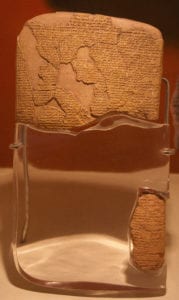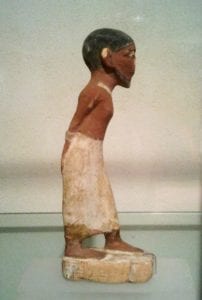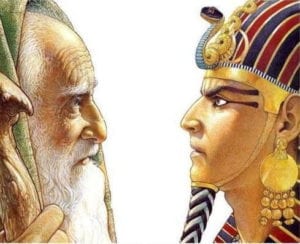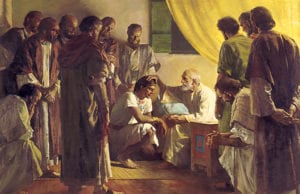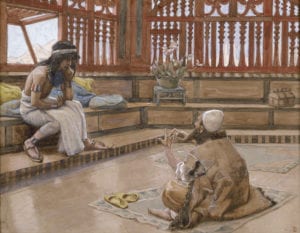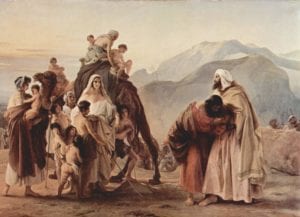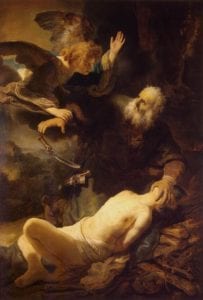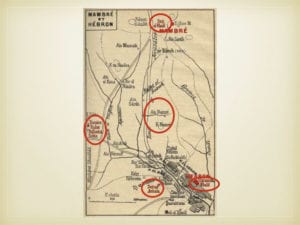
An Old Testament KnoWhy relating to the reading assignment for Gospel Doctrinesson 14: “Ye Shall Be a Peculiar Treasure Unto Me” (Exodus 15-20; 32-34) (JBOTL14A)
Question:Hugh W. Nibley and other LDS scholars have written at length about Egyptian temple rites. What similiarities are there between Egyptian and Israelite temples?
Summary: Temple rituals in the ancient Near East may seem in some respects far removed from current LDS teachings and ritual practices. However, what resemblances exist may be of significance to a people who claim that divine revelation about the ordinances go back to the beginning of mankind. Predating, as they do, the Israelite Tabernacle by more than a millennium, such resemblances may be “an embarrassment to exclusivistic readings of religion.” However, to Mormons they represent “a kind of confirmation and vindication.” Thus, Egyptian and other ancient temples should be better understood by Latter-day Saints. For although, as Hugh Nibley observed, “the Egyptian endowment was but an imitation, it was still a good one, and we may be able to learn much from it.”
The full article may be found at the Interpreter Foundation website: KnoWhy OTL14A — What Similarities Are There Between Egyptian and Israelite Temples?
An excellent short video discussing the Tabernacle and the Messiah is available from Daniel Smith at https://www.youtube.com/watch?v=TygiChDYd4Y. See also his presentation on “The Ancient Israelite Tabernacle, Its Accoutrements, and the Priestly Vestments,” given at the Interpreter Foundation 2016 Temple on Mount Zion Conference, 5 November 2016, Provo, Utah (https://www.youtube.com/watch?v=rEb4u4OB-aU).
On 7 October 2015, Joshua Berman gave a talk for the Academy for Temple Studies on “Differences between the Tabernacle and the Temple,” https://www.youtube.com/watch?v=LB6xlYpcO-w. He gave a similar talk on 8 October 2015 at the BYU Kennedy Center, https://www.youtube.com/watch?v=15ew7on3UL4 and https://www.youtube.com/watch?v=K3nw2C1J5Lg.
